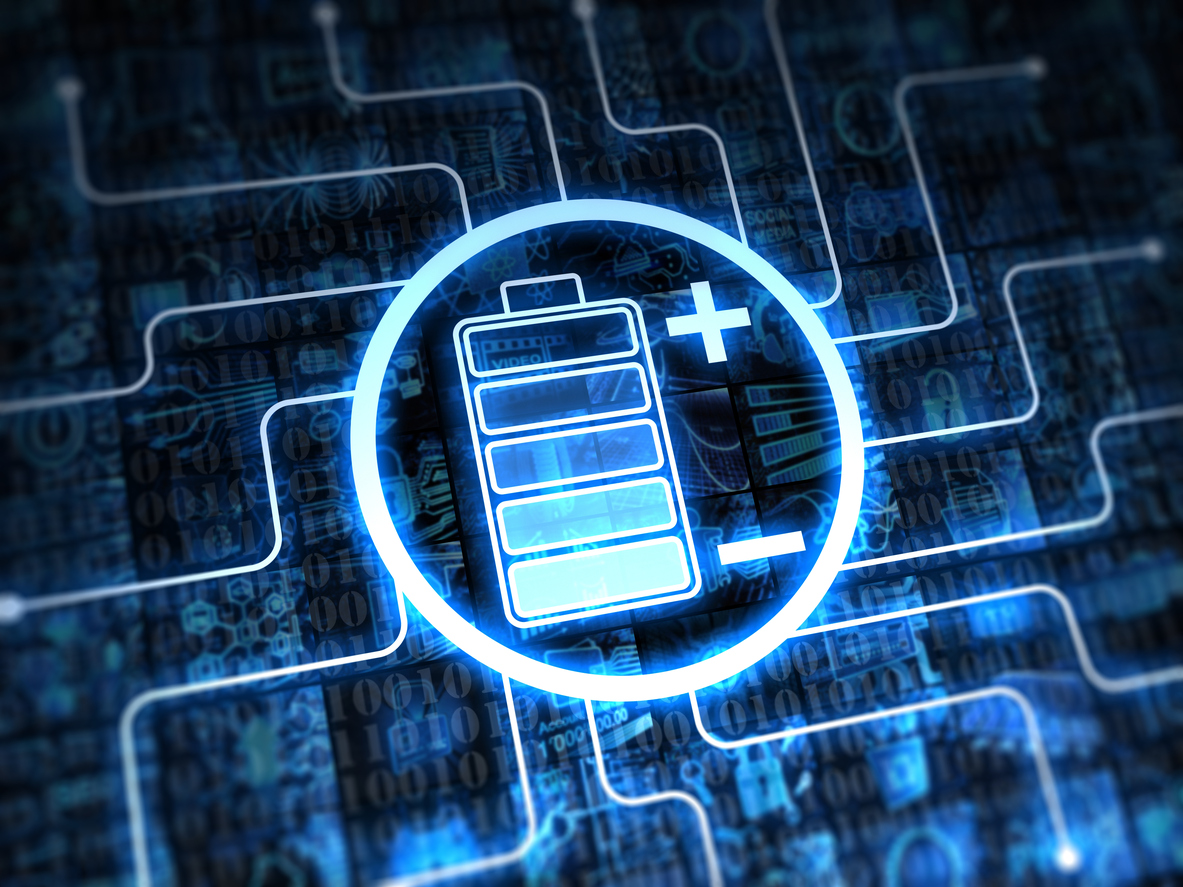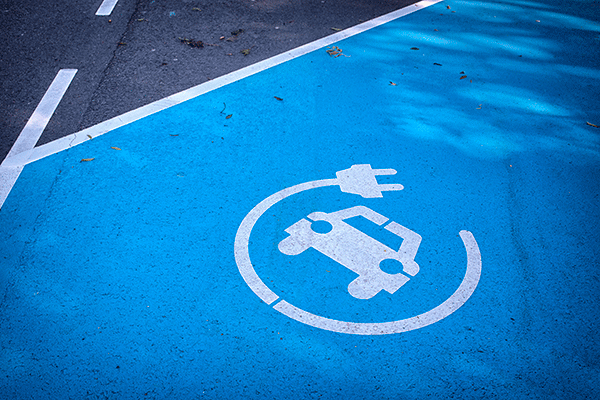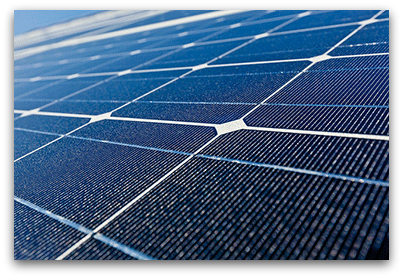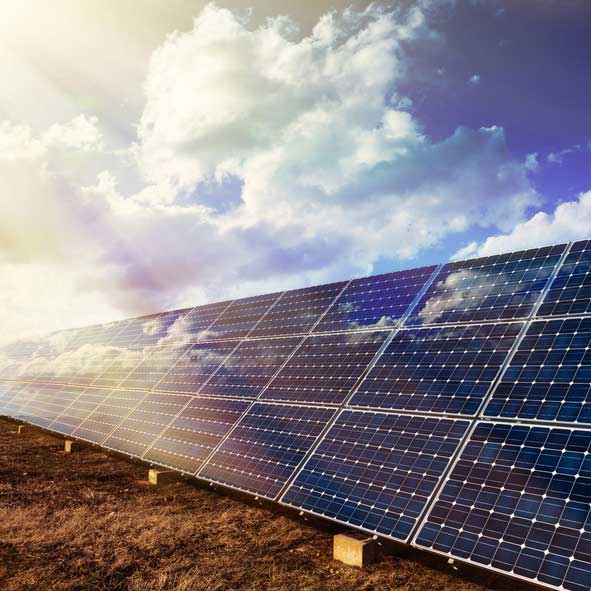 New research indicates that poplar trees could be an economically viable biofuel material.
New research indicates that poplar trees could be an economically viable biofuel material.
In the quest to produce affordable biofuels, poplars are one of the Pacific Northwest’s best bets—the trees are abundant, fast-growing, adaptable to many terrains, and their wood can become substances used in biofuel and high-value chemicals that we rely on in our daily lives.
But even as researchers test poplars’ potential to morph into everything from ethanol to chemicals in cosmetics and detergents, a commercial-scale processing plant for poplars has yet to be achieved. This is mainly because production costs still are not competitive with the current price of oil.
Now, a team of researchers is trying to make poplar a viable competitor by testing the production of younger poplar trees that could be harvested more frequently—after only two or three years—instead of the usual 10- to 20-year cycle.


 Within the next month, energy watchers expect the Federal Energy Regulatory Commission to act on an
Within the next month, energy watchers expect the Federal Energy Regulatory Commission to act on an  Engineers have developed a 4-in-1 smart utilities plant that produces electricity, water, air-conditioning, and heat in an environmentally friendly and cost-effective way.
Engineers have developed a 4-in-1 smart utilities plant that produces electricity, water, air-conditioning, and heat in an environmentally friendly and cost-effective way. Capitalizing on tiny defects can improve electrodes for lithium-ion batteries, new research suggests.
Capitalizing on tiny defects can improve electrodes for lithium-ion batteries, new research suggests.
 When will cars powered by gas-guzzling internal combustion engines become obsolete? Not as soon as it seems, even with the latest automotive news out of Europe.
When will cars powered by gas-guzzling internal combustion engines become obsolete? Not as soon as it seems, even with the latest automotive news out of Europe. Researchers have created a concentrating photovoltaic (CPV) system with embedded microtracking that is capable of producing 50 percent more energy per day than the standard silicon solar cells.
Researchers have created a concentrating photovoltaic (CPV) system with embedded microtracking that is capable of producing 50 percent more energy per day than the standard silicon solar cells. Researchers have developed a new kind of semiconductor alloy capable of capturing the near-infrared light located on the edge of the visible light spectrum.
Researchers have developed a new kind of semiconductor alloy capable of capturing the near-infrared light located on the edge of the visible light spectrum.